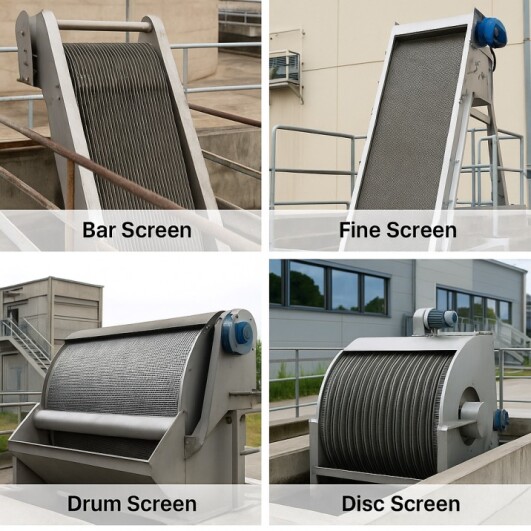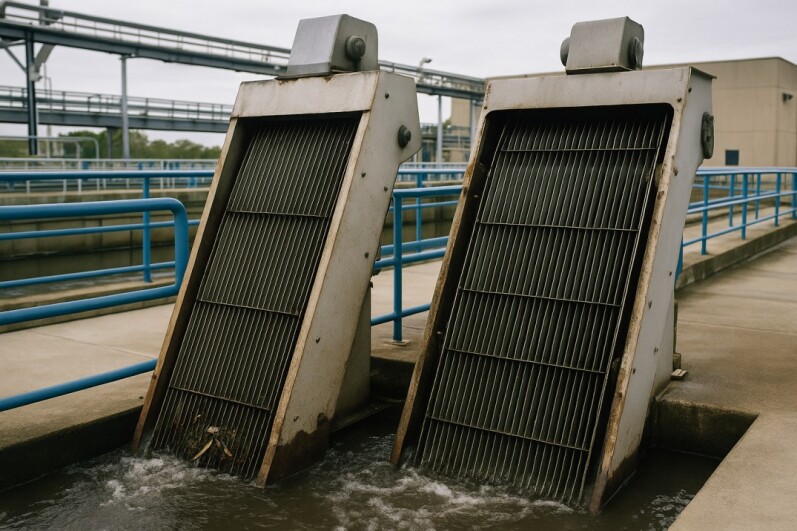Screens in Wastewater Treatment: Essential for Reliable Operation
In wastewater treatment, the first line of defense against system failure is often overlooked — screens. These mechanical devices play a critical role in preliminary treatment, protecting pumps, pipes, valves, and biological systems from clogging or damage caused by large debris.
Whether you're dealing with municipal sewage or industrial effluent, understanding the types and functions of screens is essential for efficient plant operation.
🔹 1. Why Screens Matter
Wastewater often contains materials that are non-biodegradable or harmful to downstream equipment, such as:
Plastics, rags, and wipes
Wood, leaves, and sand
Packaging materials
Large solids and foreign objects
If not removed early, these materials can damage pumps, clog pipes, reduce treatment efficiency, or cause unplanned shutdowns.
Screens are generally classified by opening size, cleaning mechanism, and installation configuration.
1. Coarse Screens
Opening size: > 25 mm
Use: Initial removal of large debris
Type: Bar screens (manually or mechanically cleaned)
2. Fine Screens
Opening size: 6–25 mm
Use: Captures medium-sized solids before biological treatment
Type: Step screens, rotary drum screens, inclined screens
3. Micro Screens
Opening size: < 2 mm
Use: Advanced protection for sensitive downstream processes
Type: Disk screens, micro drum filters (common in reuse or tertiary applications)
🔹 2. Types of Screens

🔹 3. Manual vs. Mechanical Screens
Manual Screens: Simple bar racks cleaned by hand. Low cost but labor-intensive and riskier for health and safety.
Mechanical Screens: Automated self-cleaning screens reduce manual intervention and operate continuously. Ideal for larger flows and critical systems.
Mechanical screens are more efficient, reliable, and safer over time — despite higher initial cost.
🔹 4. Factors to Consider When Choosing a Screen
When selecting a screen for your plant, consider:
Flow rate and channel size
Debris load (volume and type)
Screen opening size
Cleaning mechanism (manual vs. automatic)
Head loss and energy use
Maintenance accessibility
Screenings handling (compactor, washer, conveyor)
Each plant has unique needs — a municipal plant might focus on reliability and minimal maintenance, while an industrial facility might require higher capture efficiency for specific solids.
🔹 5. Screens and Plant Efficiency

Effective screening provides several operational benefits:
Reduces wear and tear on pumps and valves
Prevents fouling of biological systems
Improves energy efficiency
Minimizes downtime and cleaning needs
Enhances overall system life and ROI
Conclusion
Need help? [Contact us]
Screens may be simple in design, but they are absolutely essential for reliable, safe, and efficient wastewater treatment. A well-selected and properly maintained screen ensures smooth operation from day one — protecting equipment and improving performance downstream.




